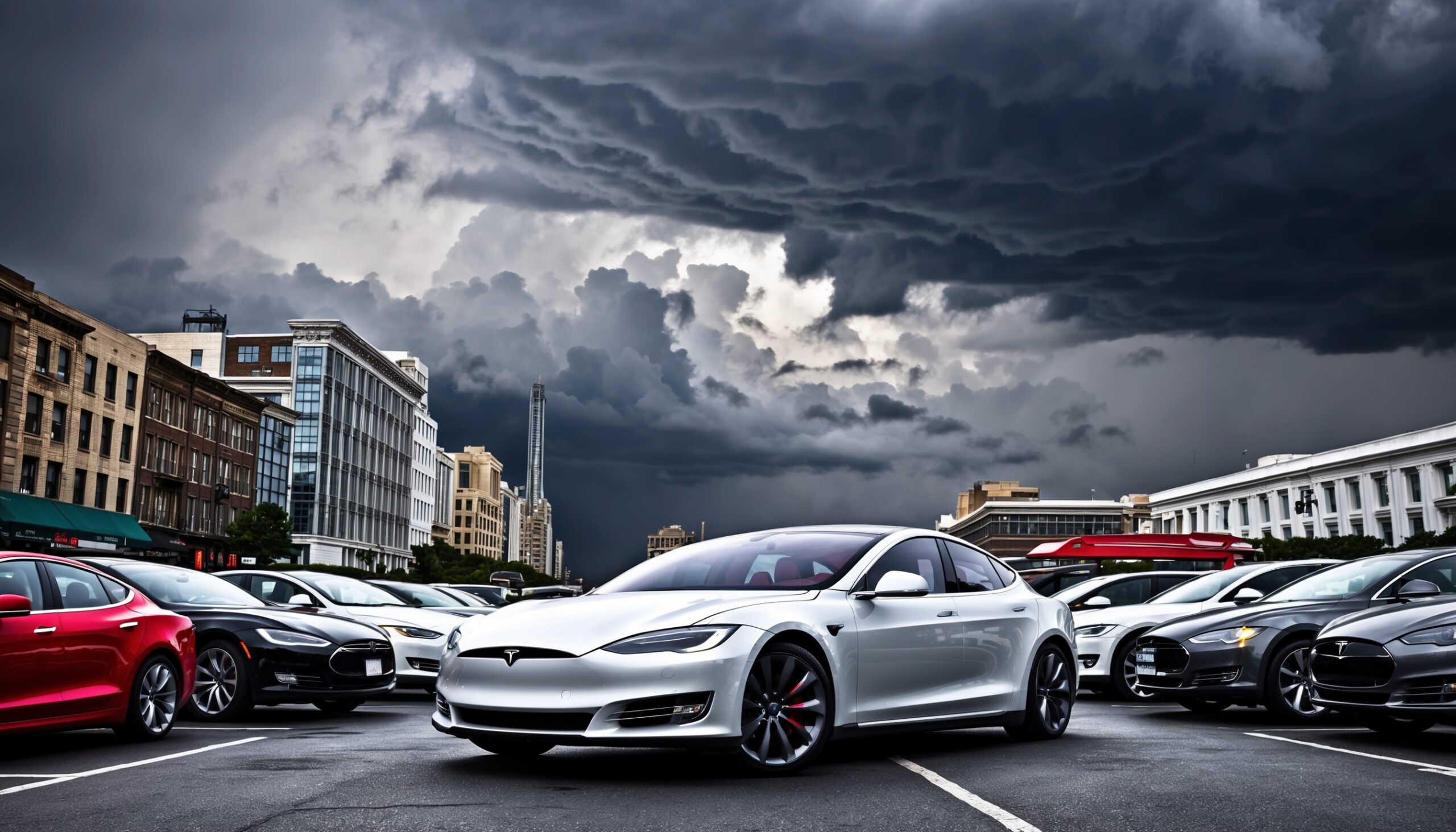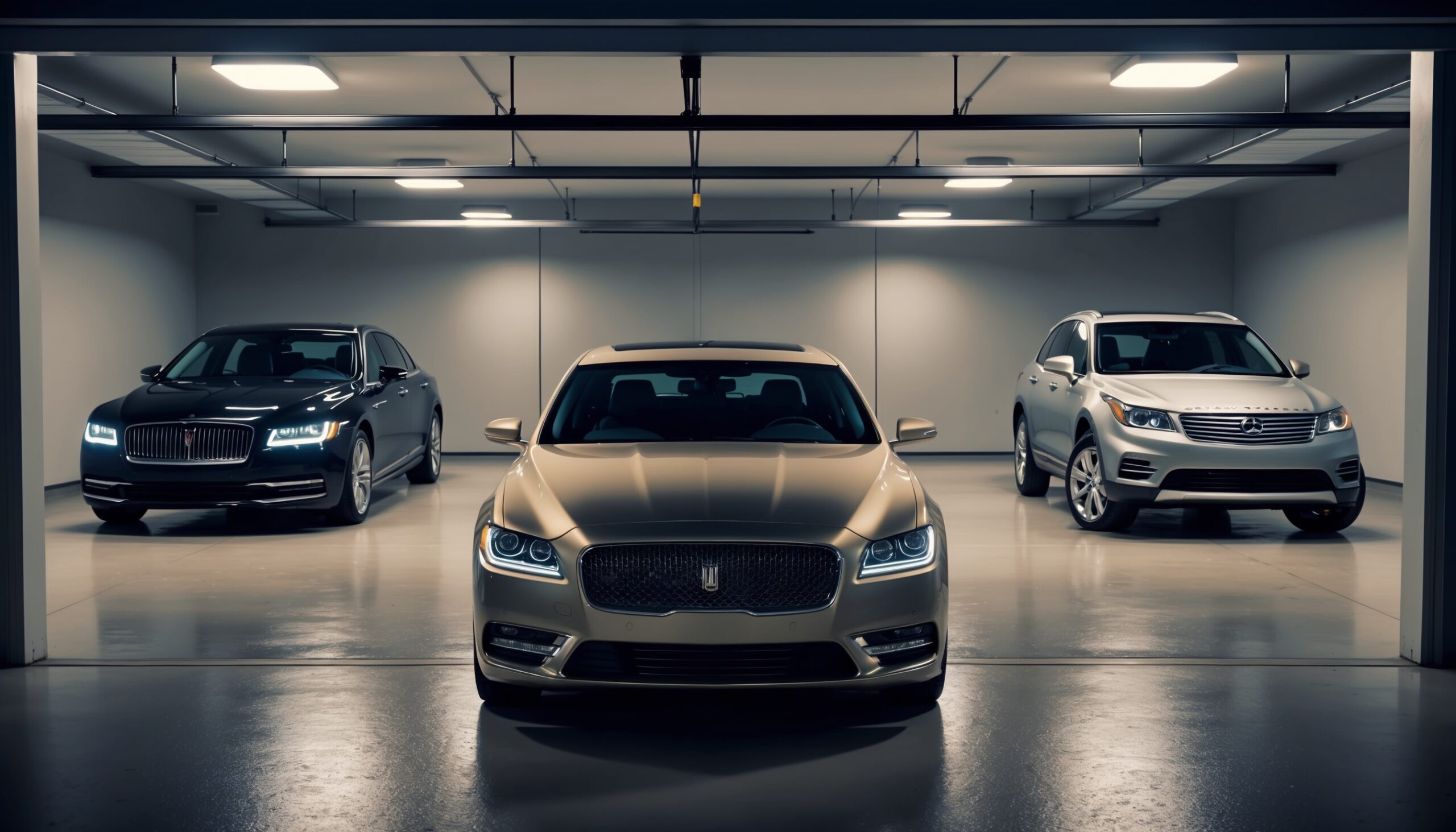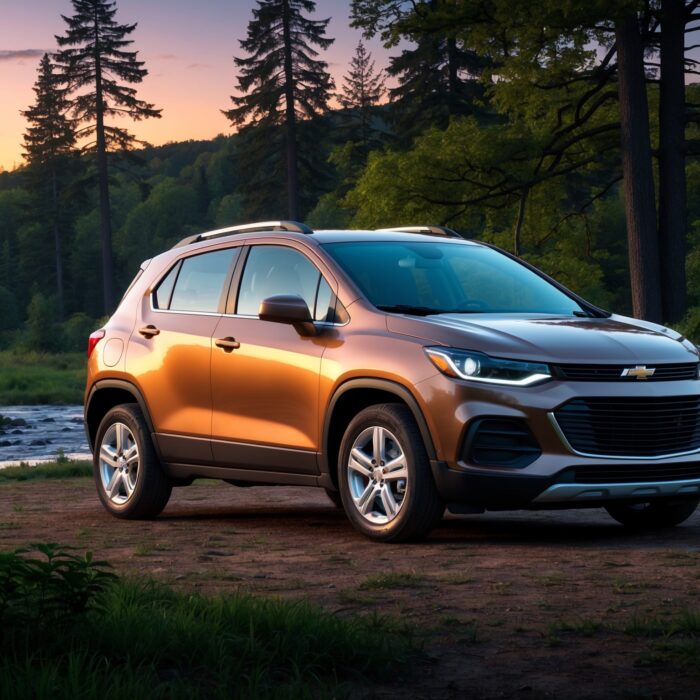Tesla’s Sales Are Still Dropping All Around The World
In the electrifying world of automotive innovation, few names stand out like Tesla. Once the darling of the electric vehicle (EV) market, Tesla has captivated car enthusiasts and eco-warriors alike with its cutting-edge technology and sleek designs. However, recent reports indicate that Tesla’s sales are taking a hit globally. As we dive into this unsettling trend, let’s explore the factors contributing to this decline and what it could mean for the future of the brand.
Also Read: What Car Should Be Turned Into A GT3 Racer?
The Rise and Fall of a Giant
To appreciate the current predicament, we must first acknowledge Tesla’s meteoric rise. The company, founded in 2003, has been at the forefront of the EV revolution, boasting impressive sales figures and a devoted fan base. In 2021, Tesla sold over 936,000 vehicles, a remarkable feat that solidified its position as the leading electric car manufacturer.
However, as 2023 unfolds, the narrative seems to be shifting. Sales figures are not only stagnating but are reportedly dropping in several key markets worldwide.
A Closer Look at the Numbers
Various reports have surfaced, indicating a decline in Tesla’s sales across multiple regions. For instance, in the United States, sales have fallen by approximately 20% compared to the previous year. The situation is similar in Europe and Asia, where increasing competition and market saturation are taking their toll.
- United States: A 20% drop in sales year-over-year.
- Europe: Emerging competitors are gaining ground, leading to reduced market share.
- Asia: Local manufacturers are making significant strides, exacerbating Tesla’s sales challenges.
What’s Causing the Decline?
Several factors contribute to Tesla’s declining sales. Let’s explore some of the most influential ones.
1. Increased Competition
One of the most significant challenges Tesla faces is the influx of competitors in the EV market. Brands like Rivian, Lucid Motors, Ford, and Volkswagen are launching their own electric models, enticing consumers with innovative features and competitive pricing.
As these manufacturers ramp up their production capabilities, Tesla’s once-dominant position is being challenged. Many consumers are now presented with a plethora of choices, making it harder for Tesla to maintain its market share.
2. Price Adjustments and Profit Margins
In an attempt to boost sales, Tesla has made several price adjustments on its vehicle lineup. While lowering prices can attract a broader audience, it can also lead to reduced profit margins.
For instance, Tesla slashed prices on its Model 3 and Model Y, aiming to compete with more affordable options. However, this strategy raises questions about the long-term sustainability of such cuts and whether it can maintain the luxury appeal associated with the brand.
3. Supply Chain Struggles
The global supply chain crisis has also impacted Tesla’s production capabilities. From semiconductor shortages to logistical challenges, the company has faced hurdles that have delayed vehicle deliveries.
With longer wait times, some consumers may opt for other brands that can deliver their desired vehicles more quickly. This factor is especially crucial in a market where instant gratification is increasingly becoming the norm.
4. Quality Control Issues
As Tesla scales up production, quality control has come under scrutiny. Reports of inconsistent build quality, software glitches, and other issues have emerged, leading to customer dissatisfaction.
In an era where consumer reviews can significantly impact sales, Tesla must address these concerns to regain consumer trust. After all, a loyal customer base is vital for long-term success!
5. Changing Consumer Preferences
Today’s consumers are more informed than ever. With an expanding awareness of sustainability, performance, and technology, car buyers are increasingly looking for vehicles that fit their lifestyles and values.
As the market matures, consumers are not just interested in electric vehicles; they are looking for the best overall package, which includes reliability, service support, and technology integration. Tesla needs to ensure it meets these evolving preferences to attract and retain customers.

The Global Perspective
While the challenges Tesla faces in the U.S. are notable, they are not isolated. Let’s take a look at how the brand is faring globally.
North America
The U.S. market has been Tesla’s stronghold, but with increasing competition from established automakers and new entrants, the landscape is changing. Consumers are beginning to explore alternatives that offer competitive pricing and features.
Europe
In Europe, Tesla has seen its market share erode due to local manufacturers like Volkswagen and Renault, who are ramping up their EV offerings. The European market is particularly competitive, with numerous brands vying for attention in an increasingly crowded space.
Asia
Asia presents a unique challenge for Tesla. While the Chinese market remains a significant opportunity, local manufacturers such as BYD and NIO are expanding rapidly, offering consumers more affordable and locally produced options. The cultural affinity for homegrown brands can sway buyer preferences, making it essential for Tesla to adapt its strategies accordingly.
What Lies Ahead for Tesla?
As Tesla navigates this challenging landscape, several paths could be taken to reverse the sales decline. Here are a few strategies that could help the brand regain its momentum:
1. Innovation and New Models
To stay ahead of the curve, Tesla must continue to innovate. The upcoming Cybertruck and the much-anticipated Tesla Roadster could reignite interest in the brand, particularly among enthusiasts looking for something fresh and exciting.
2. Strengthening Quality Control
Addressing quality concerns is paramount for Tesla. By focusing on rigorous quality control processes and enhancing customer service, Tesla can work towards rebuilding its reputation for reliability.
3. Expanding Charging Infrastructure
One of the key advantages Tesla has is its extensive Supercharger network. Continuing to invest in and expand this infrastructure can help alleviate range anxiety for potential buyers. The more accessible charging stations are, the more appealing Tesla vehicles become to the average consumer.
Also Read: It's Donald Trump's Fault The 2026 Honda Prelude Costs This Much
4. Marketing and Brand Loyalty
Reinvigorating marketing efforts can also play a pivotal role in reversing the downward trend. Engaging with the community, promoting brand loyalty programs, and emphasizing Tesla’s achievements in sustainability can capture the attention of potential buyers.
Final Thoughts
While Tesla’s sales may be dropping globally, the brand is far from out of the game. By addressing the challenges head-on and adapting to the changing market landscape, Tesla can navigate these turbulent waters. The electric vehicle market is still in its infancy, and with the right strategies, Tesla could once again lead the charge in automotive innovation.
As we watch this story unfold, it will be fascinating to see how Tesla responds to these challenges and whether it can reclaim its status as the undisputed leader in the electric vehicle industry. For more automotive insights, stay tuned to Torque Feed, where we keep our finger on the pulse of the auto world.













